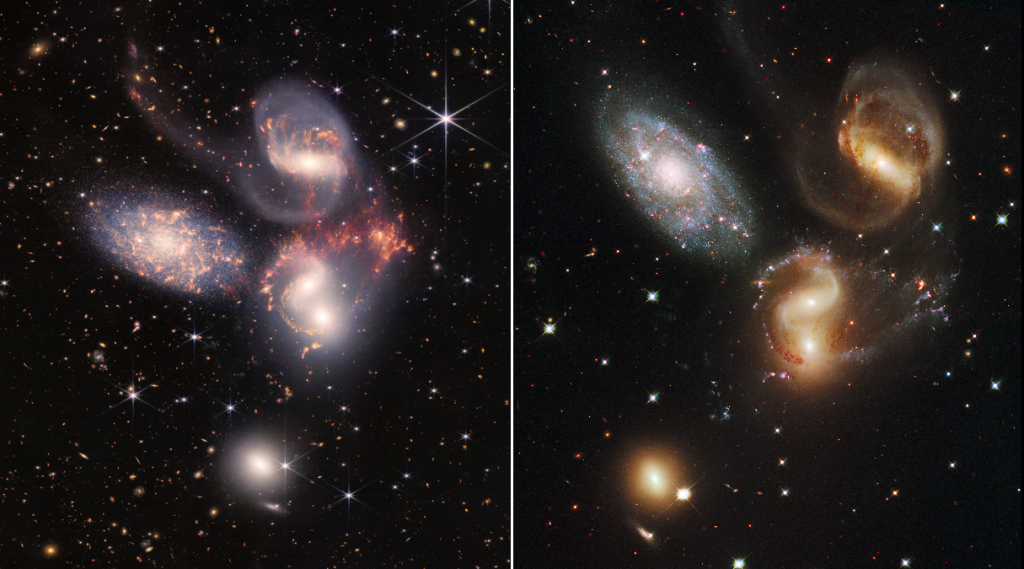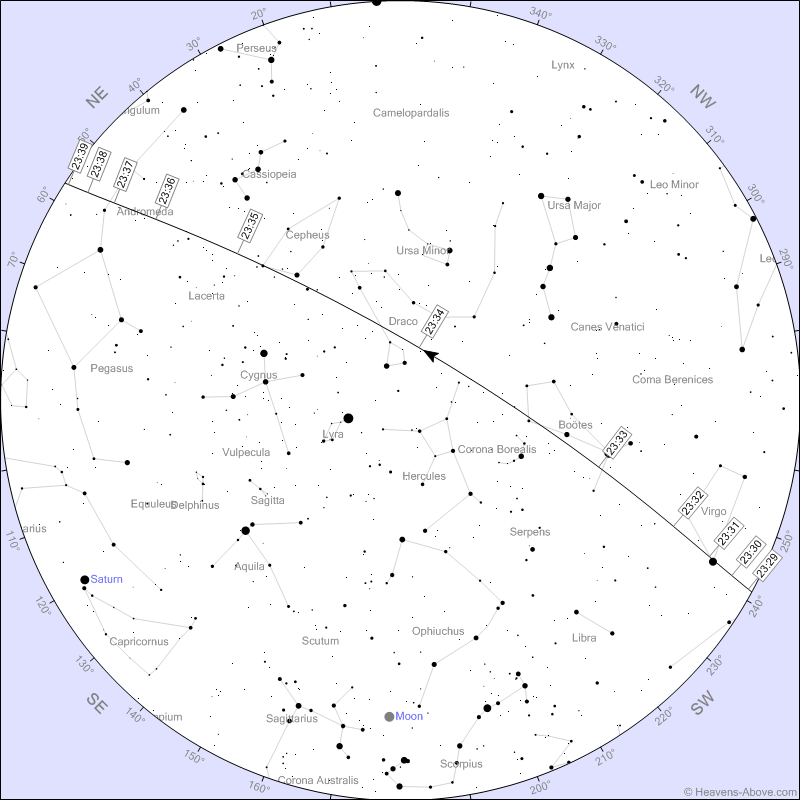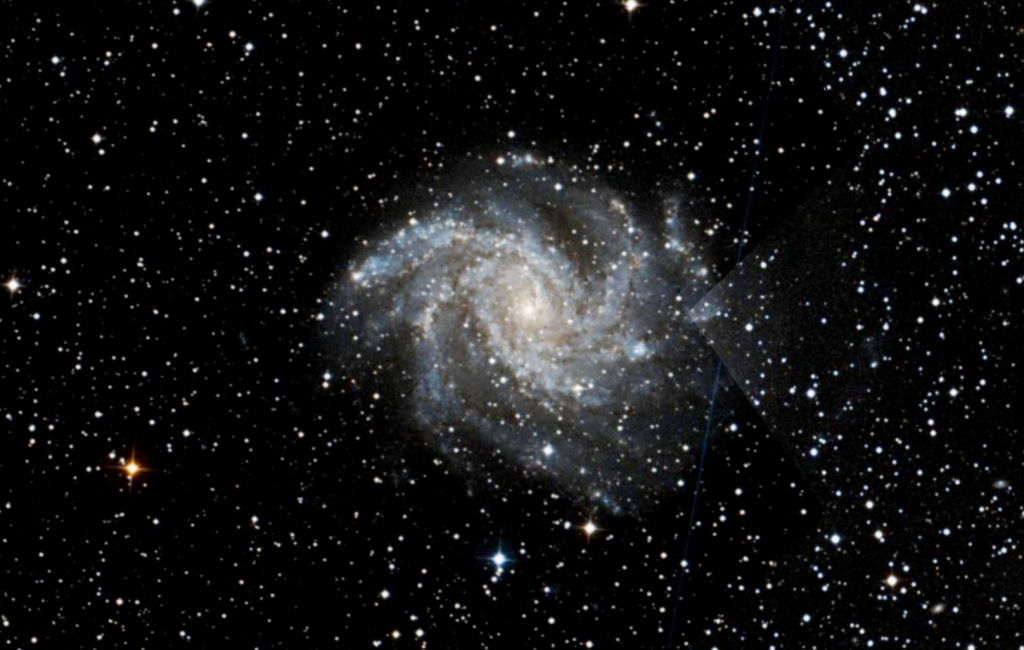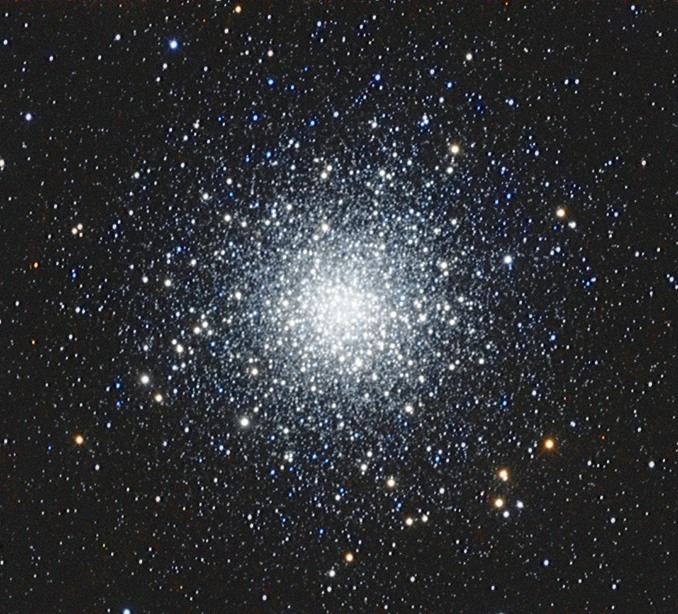The Missing Moon Brings More Meteors and Comet Views, Mars Nears Uranus, and Summer Triangle Treats the Animals!
The Dumbbell Nebula, imaged by Steve McKinney, is a large planetary nebula in Vulpecula (the Fox). It’s visible (without colour) in a backyard telescope. Planetary nebulae are the corpses of stars with mass similar to our sun. This one resembles and apple core! This image covers a patch of sky about as wide as a…
Read more









